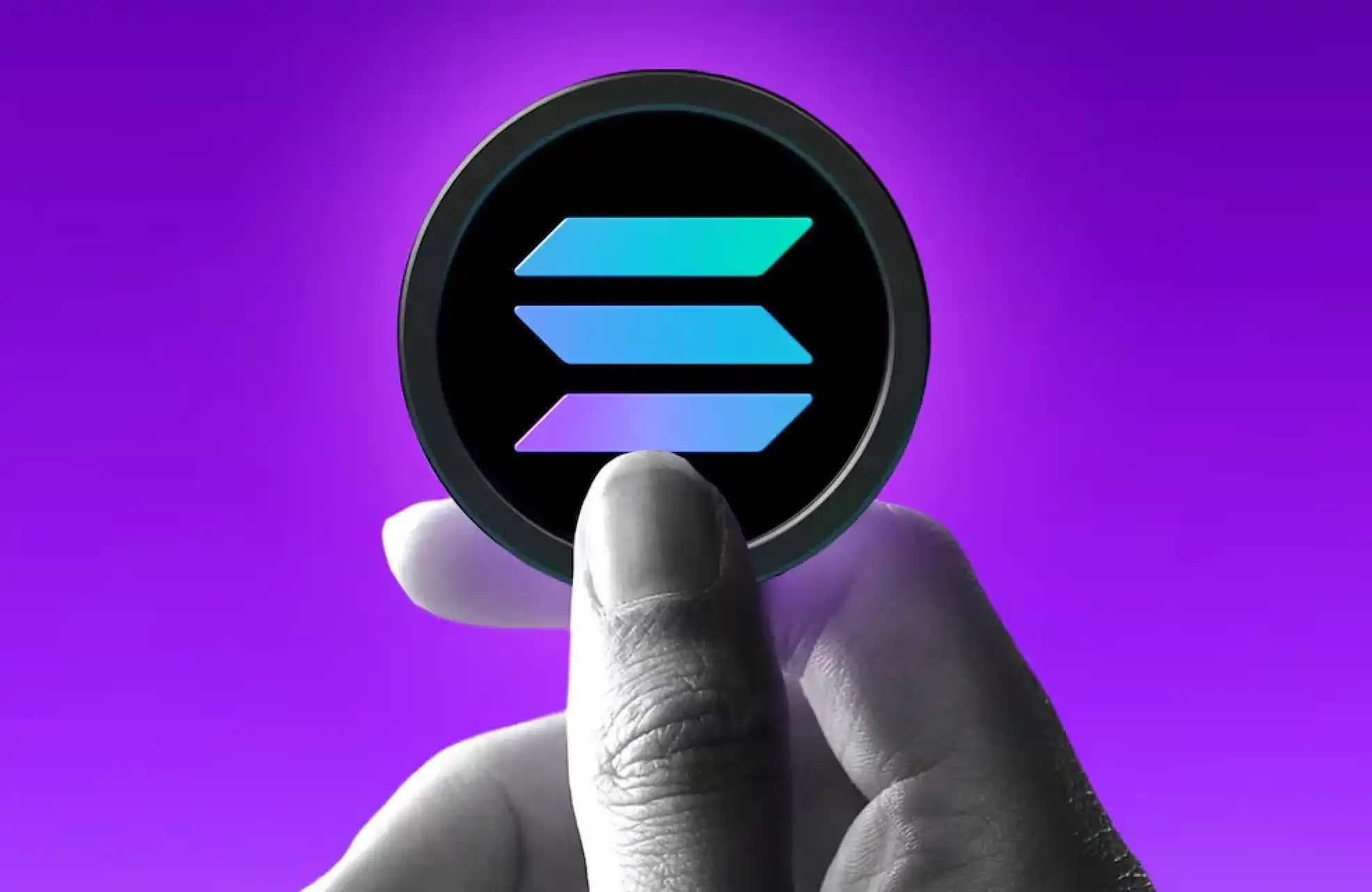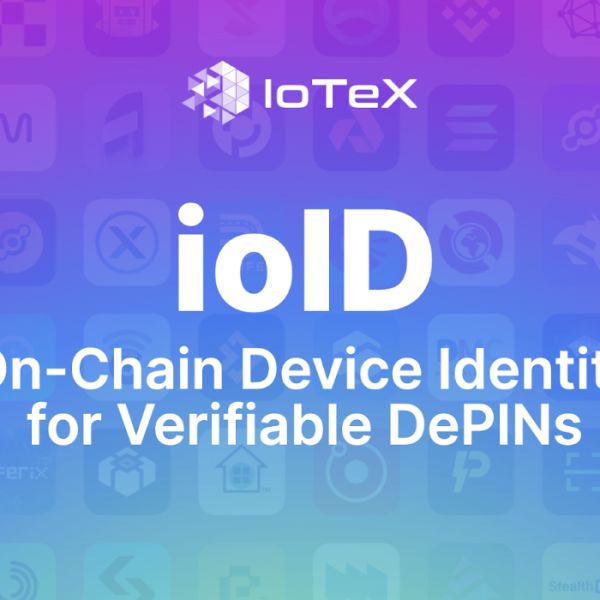Very Few Tokens Are Securities, Says Paul Atkins
The U.S. crypto industry may have just entered a new era. SEC Chair Paul Atkins broke from his predecessor’s hardline stance, declaring that only “very few” tokens count as securities. Backed by the launch of Project Crypto, Atkins is signaling a shift from enforcement-heavy regulation toward building a framework that embraces innovation and prepares financial markets for an on-chain future.
A Turning Point for Crypto Regulation
U.S. SEC Chair Paul Atkins has drawn a clear line between his leadership and that of his predecessor, Gary Gensler. Where Gensler argued that most crypto tokens are securities , Atkins says “very few” fit that category. This subtle but crucial difference signals a friendlier regulatory environment, one that could unlock innovation rather than restrict it. His comments at the Wyoming Blockchain Symposium confirm a pivot toward seeing tokens as technology-first, not securities by default.
Project Crypto: A Framework for the Future
Atkins isn’t just talking. The SEC has launched Project Crypto , an initiative meant to modernize securities laws and adapt them for blockchain. The idea is to move beyond outdated interpretations and recognize that crypto represents a new financial architecture. Analysts from Bernstein have gone as far as to call this the “boldest and most transformative crypto vision” ever presented by a sitting SEC chair. If executed well, Project Crypto could set the foundation for on-chain financial markets where stocks, bonds, and even the dollar itself trade natively on blockchain.
Market Reactions: Confidence Returns
The immediate market reaction has been optimism. Bitwise CIO Matt Hougan described Project Crypto as a roadmap for the next five years of investment strategy. For institutions sitting on the sidelines due to regulatory uncertainty, this kind of clarity could be the green light they’ve been waiting for. Investors now see a pathway to regulatory approval for tokenized assets, ETFs, and broader crypto adoption in traditional finance.
Predictive Outlook: Where This Could Lead
So what happens next? There are three likely outcomes:
- Tokenization Boom – Atkins’ framework could accelerate tokenization of real-world assets (RWAs), making bonds, equities, and currencies tradable on blockchain. This aligns with his suggestion that “all assets” may eventually move on-chain.
- Institutional Entry – With reduced legal risk, asset managers and banks may scale up crypto offerings. This could bring trillions of dollars into tokenized markets, boosting liquidity and credibility.
- Global Standard Setting – If the U.S. leads with a pragmatic approach, other jurisdictions may follow. The EU has MiCA, but Atkins’ Project Crypto could shape global norms, giving the U.S. first-mover advantage in defining on-chain financial regulation.
Risks That Remain
Not everything is smooth sailing. While Atkins is friendlier to crypto, Congress still needs to align on legislation. Lobbying battles are certain, and political shifts could reverse progress. There’s also the risk of regulatory “over-innovation,” where trying to future-proof laws leads to loopholes or uneven enforcement. Markets may welcome clarity, but too much experimentation from regulators could spook investors.
Final Take: Why This Matters for Investors?
Atkins’ stance represents a new chapter for crypto in the U.S. If the SEC follows through , we’re likely to see faster adoption of tokenized securities, a more vibrant RWA market, and stronger institutional participation. In the short term, this could drive rallies across major tokens, particularly those tied to smart contract platforms like Ethereum, Solana, and Polygon. Longer term, the real story is whether Project Crypto successfully builds the rails for a financial system that runs on-chain.
In short, crypto just gained its most powerful ally yet in Washington. The next five years could define whether digital assets remain a niche sector or become the backbone of global markets.
$BTC, $ETH
Disclaimer: The content of this article solely reflects the author's opinion and does not represent the platform in any capacity. This article is not intended to serve as a reference for making investment decisions.
You may also like
The latest SOL proposal aims to reduce the inflation rate, but what are the opponents thinking?
The Solana community has proposed SIMD-0411, which would increase the inflation deceleration rate from 15% to 30%. It is expected to reduce SOL issuance by 22.3 million over the next six years and accelerate the reduction of the inflation rate to 1.5% before 2029.

IoTeX launches the world's first on-chain identity solution ioID designed specifically for smart devices
ioID is revolutionizing identity management for smart devices, allowing DePIN to authenticate devices, protect data, and unlock next-generation application scenarios within a user-owned ecosystem compatible with any blockchain.

Mars Morning News | Last week, global listed companies made a net purchase of $13.4 million in BTC, while Strategy did not buy any Bitcoin last week
Expectations for a Federal Reserve interest rate cut in December have risen, with Bitcoin briefly surpassing $89,000 and the Nasdaq surging 2.69%. There are internal disagreements within the Fed regarding rate cuts, causing a strong reaction in the cryptocurrency market. Summary generated by Mars AI. This summary is generated by the Mars AI model and its accuracy and completeness are still being iteratively updated.

The covert battle in the crypto industry escalates: 40% of job seekers are North Korean agents?
North Korean agents have infiltrated 15%-20% of crypto companies, and 30%-40% of job applications in the crypto industry may come from North Korean operatives. They act as proxies through remote work, using malware and social engineering to steal funds and manipulate infrastructure. North Korean hackers have stolen over $3 billion in cryptocurrency to fund nuclear weapons programs. Summary generated by Mars AI. This summary is generated by the Mars AI model, and its accuracy and completeness are still being iteratively improved.

